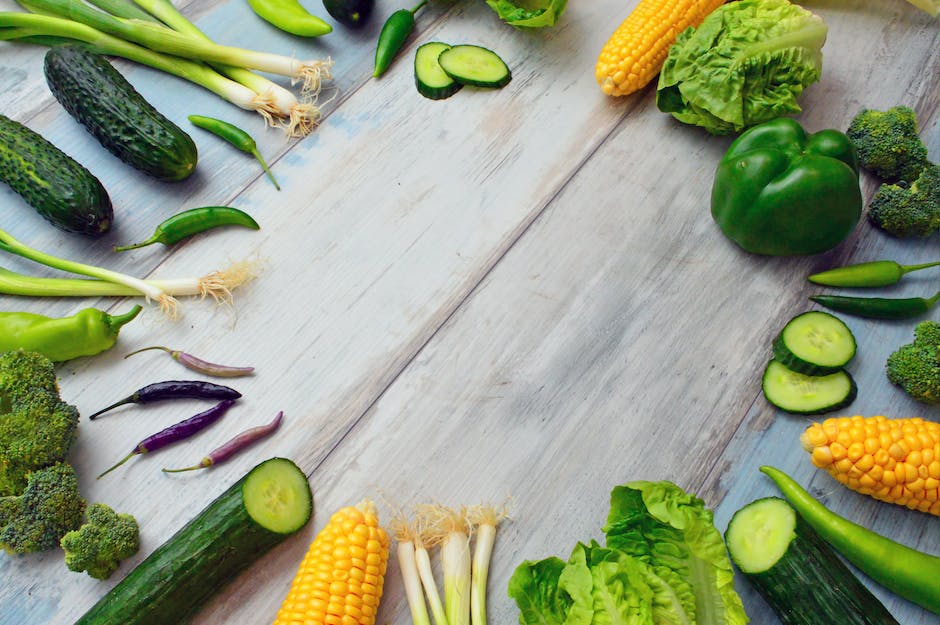Harvesting Carrots: Know When They’re Ready

In any home garden, understanding the timeline and signals for harvesting your crops is essential to ensure you reap the benefits of your hard work. This is particularly true for root vegetables like carrots, whose readiness cannot be easily determined by a quick visual inspection. Fortunately, with some knowledge about their growth cycle, physical characteristics of maturity, and proper harvesting techniques, you should be able to determine the perfect time to harvest. This awareness not only prevents damage or waste but also guarantees the most flavor and nutritional benefits from your crop.
Identifying Mature Carrots
Carrots 101: Unveiling the Secrets of Perfectly Ripe Harvests!
There’s genuinely nothing as exciting and nutritious as harvesting your own carrots from the vegetable patch. These root vegetables are renowned for their delightful crunch, vibrant color, and snappy flavor. But how exactly does one know when carrots are at their prime?
It’s indeed an essential question, and today we’ll delve deep into the art of ripeness discernment! Firstly, remember that deciding when to harvest your carrots isn’t an exact science, but rather, a blend of keen observation, gentle touch, and an understanding of growth timelines.
-
Know Your Variety, Check Your Calendar
Carrot varieties have a notable impact on their maturity timeline. While some variants like the ‘Amsterdam Forcing’ are early maturing and take about 55 days to mature, others like the ‘Imperator’ need up to 75 days. Be familiar with the type of carrot grown and count forward from the day of planting to give an estimate of when they should be ripe for harvest.
-
Sneak a Peek at the Shoulders
Often, the carrot’s shoulders – the top part of the carrot near the greens – provide a reliable hint about its maturity. When you notice the tops becoming thicker and the color deepening, it’s a good sign that harvest time is nearing. If the shoulders are bright orange and approximately 1 to 1.5 inches in diameter, it’s time to get your gardening gloves on!
-
Conduct the Gentle Pull Test
Carrot resistance can reveal a lot! Gently test a carrot by clutching the foliage and pulling up slightly. If there’s a bit of resistance, it’s an indication that the carrot is still growing and setting down deeper roots. However, if the carrot slides out easily, it’s ready for the picking. Be careful not to tug too firmly, or you might end up pulling the carrot out before it’s ready!
-
Test Dig One Carrot
If you’re still unsure about the ripeness of your carrots, try test digging one from the row. This gives a direct look at the size and maturity. If it appears undersized or underdeveloped, give the others more time before the harvest.
-
Check the Carrot’s Sweetness
Taste is always the ultimate indicator of ripeness. A ripe carrot should be sweet and crunchy. If you’re getting more of an earthy, woodsy taste, it’s likely your carrot needed more time underground. Not to worry though, slightly premature harvesting won’t ruin your crops.
The golden rule? Patience is a gardener’s best companion. More so for root vegetables, harvesting them at peak maturity ensures optimal flavor and nutritional value. No need to rush, let Mother Nature do her magic! Now, armed with these handy tips, you’re all set to master the art of identifying perfectly ripe carrots. Happy gardening, and here’s to a bountiful carrot harvest!

Understanding the Carrots’ Growth Cycle
The joy of gardening is encapsulated in the excitement of watching a seed transform into a plant ready for harvest. One of the most fulfilling gardening endeavors is witnessing and indulging in the growth of carrots. Harvesting them at just the right moment is key, making it imperative to grasp the average growth duration, along with the visual cues that point towards maturity. In this article, we will delve deeper into the lifecycle of a carrot, shedding light on its growth timescale and maturity indicators beyond which were covered in the previous sections.
The average growth duration for most common carrot varieties, such as Danvers or Nantes, is approximately 50 to 80 days from seed sowing. It primarily depends on the specific variety and the environmental conditions that influence the germination process. For instance, cooler temperatures can delay germination, possibly extending the growth period up to 14-21 days, while warmer weather can speed up the process, causing seeds to germinate within a week.
The growth and maturation of carrots unfold in two key stages. The first phase involves the sprouting of seeds and the subsequent development of feathery green tops. Following this, the real action takes place beneath the surface; the root begins to deepen in color and expand in thickness as it matures.
To get a glimpse of this growth, keen observers can notice the darkening of the root near the soil surface. Alongside, as the green tops grow denser and reach about 8-12 inches in height, they often indicate a properly developing ‘root’. Eventually, the diameter of the visible root at the base of the top provides an estimate of the carrot’s maturity status.
In conjunction with this, you can also measure the soil’s moisture levels. While carrots appreciate a steady supply of moisture, waterlogged roots can lead to stunted or forked carrots. Therefore, it’s crucial to strike a balance in irrigation, catering to the needs of your carrot variety and the weather conditions in the area.
The color of the carrot also plays a significant role in understanding the maturity level. As the carrot prepares itself for harvest, it generally deepens in color, indicative of a richer taste and higher beta-carotene content.
Remember that every carrot variety has its unique characteristics and growth timeline. Always refer back to the seed packet for specific instructions about the variety you’re growing. It’s also worth noting that some growers prefer to harvest their carrots slightly earlier to achieve a tender, sweeter taste, even if they are smaller in size.
In conclusion, understanding how carrot growth manifests in various stages enhances the joy of nurturing them and leads to an improved harvest. Regular monitoring, patience, and proper care are integral to your gardening endeavor, leading to a richer, sweeter harvest worth the labor and love you pour into your garden. So next time you’re in your garden, keep an eye out for the signals from your carrots, as they are likely telling you that it’s harvest time!

Harvesting Techniques
When it’s time to embark on the rewarding task of harvesting those juicy, crunchy, and sweet carrots, nothing beats a solid understanding of best practices. The care and precision involved in the task of harvesting not only safeguards the hard work and nurturing invested over months but also sets the tone for the awesome culinary experiences ahead.
First off, it cannot be stressed enough that harvesting carrots is a morning job. The heat of the day can make the roots stiff and potentially lead to snapping. Timely harvesting on a cool morning can therefore mean the difference between a satisfying harvest and a disappointing loss.
In maintaining the health of the carrot, be sure to step away from the root when pulling. This act will ensure you don’t damage the carrot or its neighboring roots. If you’re having trouble pulling, the soil might be too compacted. You can use a gardening fork to loosen up the hard layers of soil around the carrot. Keep in mind, the fork should be inserted a good distance away from the carrot to avoid piercing or damaging it.
Another key practice is to twist the carrot back and forth before pulling it gently. The act of twisting makes it easier to take out the carrot without causing harm to its structure.
Leave the greens intact while pulling the carrot. They provide a firm grip for an easy and smooth harvest. It’s considered best practice to remove the carrots gently from the soil by holding onto the leafy tops and tugging it lightly.
To keep your carrot harvest at its freshest for the longest time, be meticulous about cleaning. Start by shaking off the excess soil clinging to the carrots, then let them dry naturally. Washing immediately after harvesting can induce rot, so it’s always better to wait until you’re ready to use them.
Lastly, don’t forget to rotate your crops! Crop rotation in gardening helps to maintain soil health and reduce the risk of disease. A garden bed that bore carrots this season will be more fertile for a different type of crop the next time.
Harvesting carrots lend a deeply gratifying sense of achievement that comes from growing your own farm-to-table produce. Accompanied by the right knowledge and appropriate care, it becomes an even more fulfilling endeavor, as the fruits of the labor get to shine in their best light. So go ahead, put on your gardening gloves, and experience the joy of harvesting delicious, homegrown carrots.

Being familiar with the indicators of mature carrots, understanding their growth cycle, and mastering the proper harvesting techniques can maximize your yield and make for an effective and efficient harvest. To become a savvy harvesting expert, it’s worthwhile to keep an eye on your garden, frequently checking the progress and adjusting your approach if necessary. Armed with these insights, you will be well on your way to enjoying the fruits (or, in this case, roots) of your labor.



